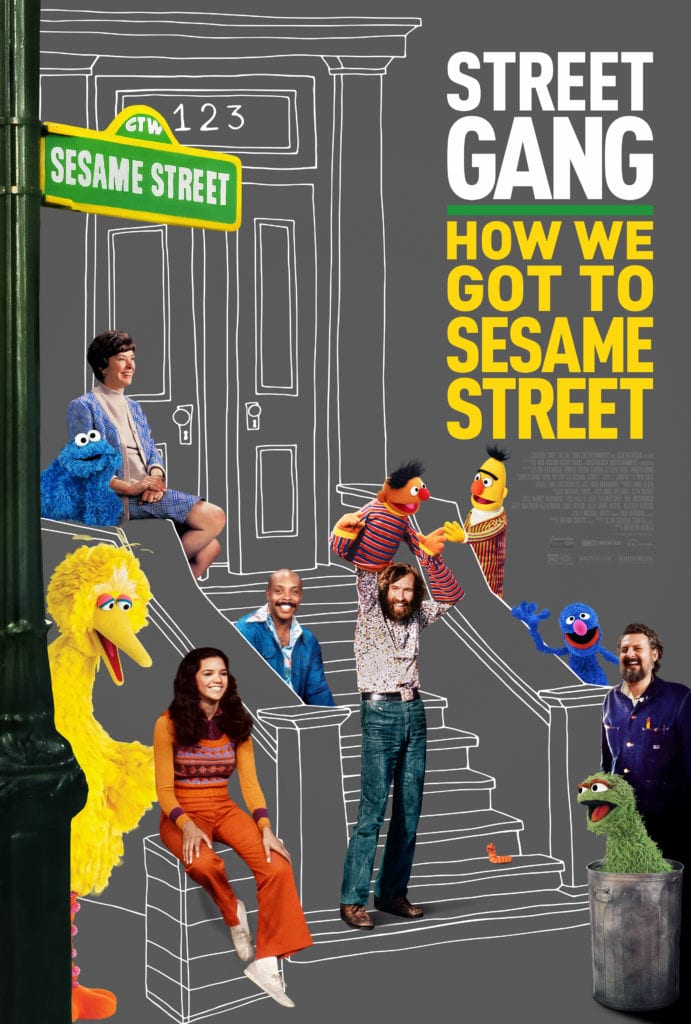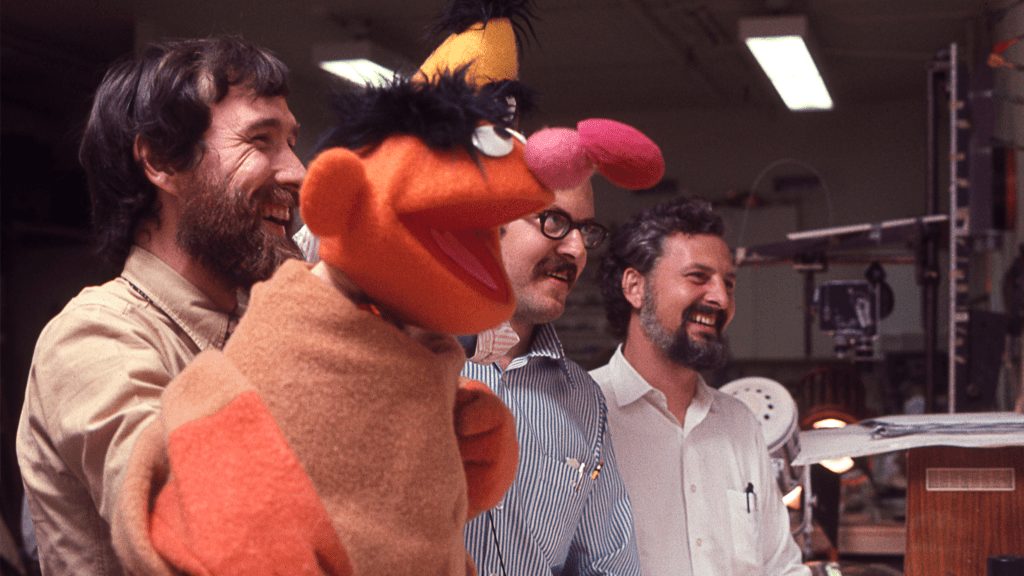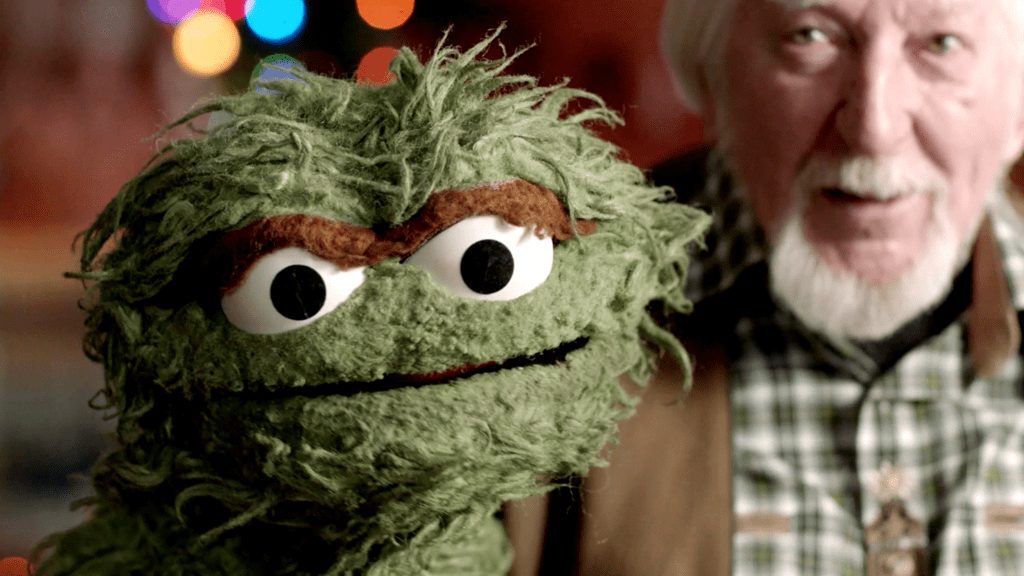
I spend a lot of time on the Internet. And if we are being totally transparent, I probably spend TOO much time on the Internet. More often than not I am on it for two main reasons:
- To completely disassociate from all that I left undone during the day and somehow seek to take back control of my brain (and life)
- Reading random articles about things
The second one tends to focus on the topic of life as a mom: What is this rash my kid has? How long does it take for a teenager to act normal again? What is ?too much? screen time and how will it affect my kids? This last one in particular is increasingly relevant, especially in the light of a COVID world where caregivers have been left with few resources for engagement and learning for their children at home. And while I am well aware of the recommendations regarding screen time and that the topic often gets tense, I?m going to shine the light on what I feel like are the most valuable characteristics of devices: accessibility and representation. And for me it all begins on a street ? Sesame Street.
Street Gang: How We Got to Sesame Street gives us the history of one of the longest-running children?s shows to-date. From the exploration of using TV as a form of education to the incorporation of what were considered “progressive? topics, Street Gang brings original backstage footage into the forefront with interviews and insight from those who were instrumental in revolutionizing access to education.

Because that was one of the original motivators for the creation of Sesame Street ? accessibility. Growing awareness of the socio-economic disparity that minority children faced with regards to educational resources was the springboard for Joan Ganz Cooney and Lloyd Morrisett exploring the possibility of television as an answer. With the launch of Sesame Street, children not only had the opportunity to learn the basics of math and reading, they especially had the opportunity to learn about emotional maturity, and in a way that not only sounded like them, but looked like them too. And while characters like Kermit and Grover and Bert and Ernie didn?t exactly look like real people, children could relate to their stories and questions. Take Oscar the Grouch for example. Writer/composer Christopher Cerf explained, ?Oscar the Grouch was created very much to show that somebody with a completely different view than yours could be your friend.? Who knew that an angry puppet in a trashcan could be a tool for dialogue and connection? Sesame Street knew, that?s who. And they kept going.

With the Civil Rights movement sweeping across the nation, the core Sesame Street creators brought a New York city street into every home with a television. They didn?t shy away from hard topics like race and death. They didn?t minimize the experiences of children and created characters like Big Bird that spoke and responded like a young child ? regularly asking questions, needing additional explanations, learning about a world where people look and think differently. The goal was to ?give kids tools to create the world they wanted to live in,? Sonia Manzano (Maria) shared. Blending the real with the imaginary ? people with puppets ? Sesame Street became a gateway for children to see themselves in a world that often overlooked them. When they tuned into the show, they weren?t just learning their alphabet and colors, they were witnessing community in the truest sense.
And I?ll be honest. After watching Street Gang: How We Got to Sesame Street, I think as adults, we need to find our way back there.
Street Gang: How We Got to Sesame Street is available on demand.





